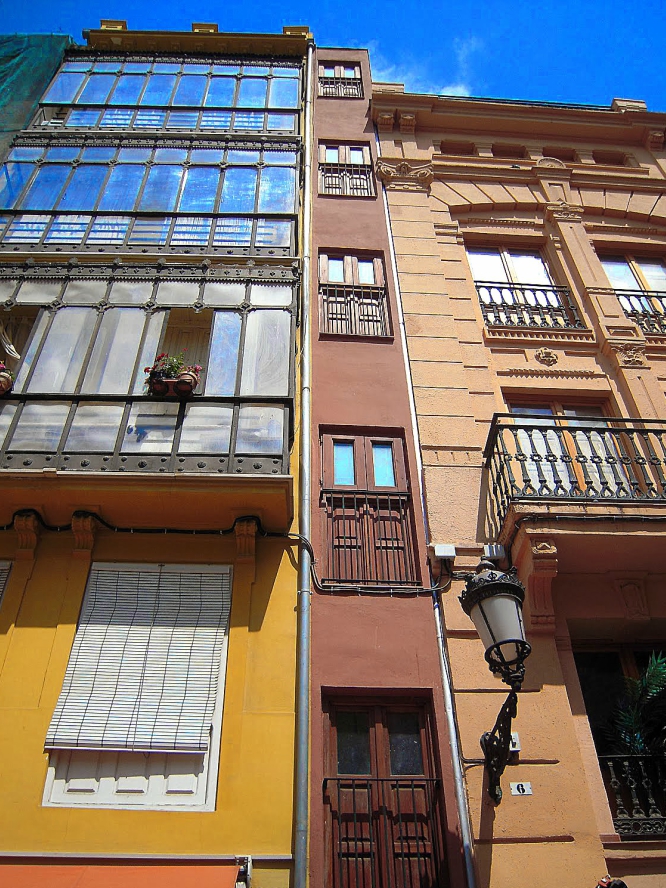This surprising house, because it is so narrow, is located in the heart of Valencia, in the Plaza Lope de Vega, in the central neighborhood of Santa Catalina. With a facade of 107 centimeters from side to side, slightly more than the width of the door, it is the narrowest in Europe and the second in the world, only surpassed by a 100 cm Brazil known as’ Casa del Metro ‘.

Today, the entrance to this façade belongs to the adjoining bar, La Estrecha, which has torn down the wall separating them and dedicates periodic photographs and preserves the original floor; the upper floors have been joined internally in apartments, always preserving the original facade. The owner of the tavern, Alberto Martinez, says he would like to make a small museum as a tribute to this unique and historic place.
The house could be very claustrophobic. They say that the girl who lived in the house had to dress in the street on the day of Communion, because with the dress put could not leave the door. The same thing had to do to wear his fallera suit. Today that girl, who is already a woman and lives near her, remembers that the house had two small beds, a cot, a small kitchen stuck to the wall and a table with two chairs. It was a house with business: on the low was his father’s jewelry. “Her husband knew the house when they were boyfriends and soon they looked for another house”, assures Martinez, who explains that before the houses were paid by meters of facade, reason why became so close.
The narrowest house in Europe has housed a vending machine, and the low ones, started as a jewelry store, owned by the family who lived on the estate, later to be a newsstand, magazines and knick-knacks and a gift shop until arriving at bar, opened since March this year. Until a few years ago, the upper floors were rented to prostitutes and people for extramarital affairs.
The number 6 of the Lope de Vega square is a curious tourist attraction and not very well-known. The owner of La Estrecha says that he is more popular with foreigners, as it is included in many guides, than among the Valencians themselves: “A family from Germany who was on vacation in Jávea came to Valencia on purpose because the son, in class , had told him about the facade. ” Daily, dozens of people photograph in the most curious house in Valencia, which now only preserves its peculiar facade.

